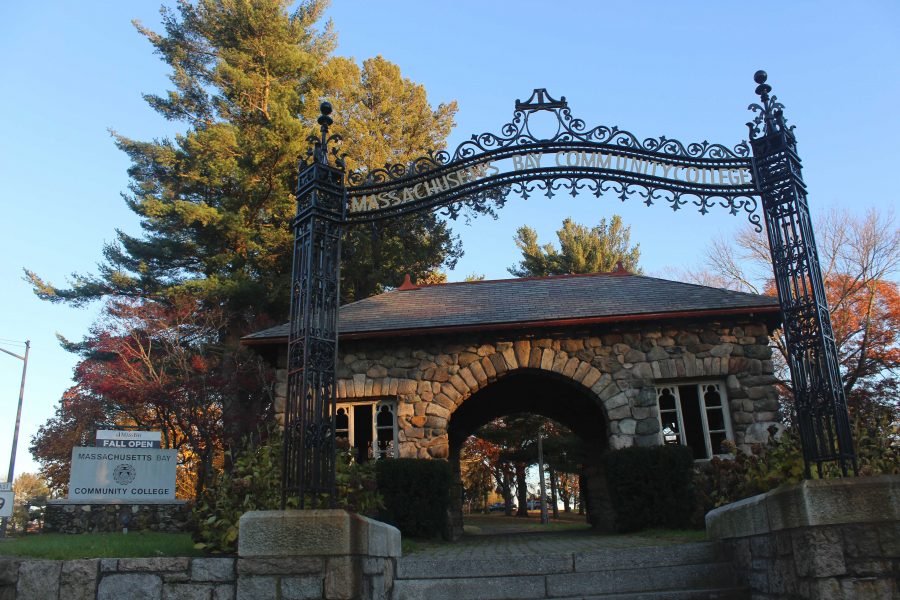Students often say, “I’m probably going to community college because I won’t get in anywhere else” or pass judgment on a student attending community college. And while many students decide to attend a traditional, four-year university, that option is not possible or preferable for others. Community college gets stigmatized as being for those who are not as intelligent as others; however, it is actually a viable option for many students and should be more highly regarded.
An estimated 2 in 3 high school graduates enrolled in a four-year university, according to the Bureau of Labor Statistics, implying that the majority of graduates go on to get their bachelor’s degree. And while that might be true, students should not feel pressured to do the same solely based upon what society views as an ideal path— four years of college, graduate school, then a career. Students need to evaluate what is most reasonable for them and whether attending a traditional college is in their best interest based on factors such as income, career choice and interest in a standard educational setting.
For instance, if a student is interested in becoming a plumber— a career that does not require a college degree—he or she could either go straight into the profession but could also take classes at a local community college to further their knowledge on the topic. Community colleges can provide students who do not need a bachelor’s degree with real-life skills, connections with experienced professors in the feld and a greater knowledge on the topic without spending a substantial amount of money.
Massachusetts is recognized among the top 10 most expensive states to attend college, with a projected state university tuition of over $10,000, according to the Massachusetts Department of Higher Education. While fnancial aid and scholarships do make college more affordable for lowincome families, many still struggle to pay for it; in fact, of the 57 percent of surveyed students accepted to their top college, 62 percent did not attend due to costliness, according to Forbes.
Clearly, the decision of where to attend college comes down to more than just grades but rather cost; therefore, students may decide to attend community colleges because they are a more affordable alternative. The average tuition for two years of community college in Massachusetts is $5,252, according to collegecalc.org, nearly half the price of Massachusetts state universities and making community college a more feasible option for many, not something to be ashamed of.
Community colleges are more similar to traditional, four-year universities than many may assume, and there are even unique components to community college that universities do not offer. Similar to universities, the majority of community college professors have either a master’s or doctoral degree in their feld, which disproves the widely-believed stigma that community colleges are not as academically rigorous. Additionally, although universities boast a wide array of clubs, sports and opportunities for student bonding, larger community colleges such as MassBay in Wellesley do offer year-round sports teams, internship services and clubs like student government. Community college students can still have a chance at “the college experience,” contrary to popular belief.
Furthermore, community colleges even allow students to have more fexibility; since students do not live on campus, they can still live at home and save money through doing so. Community colleges typically offer more night classes than universities do, which allows students to have jobs or internships during the day, something that university students may be unable to do because of their class schedules.
For students who prefer smaller class sizes as opposed to university lecture halls with hundreds of students, community colleges are a strong option, as most classes at Middlesex Community College in Bedford have approximately 23 students, according to their website. With a smaller class size, students have a better relationship with not only their professors but also their classmates—which is nearly impossible with a 300-student lecture—and can create job connections and professional relationships.
Students should not feel pressured to attend a four-year university due to societal pressures, so educators, students and families need to work together to destigmatize community colleges and provide more education on them for students unsure of their future endeavors.
















